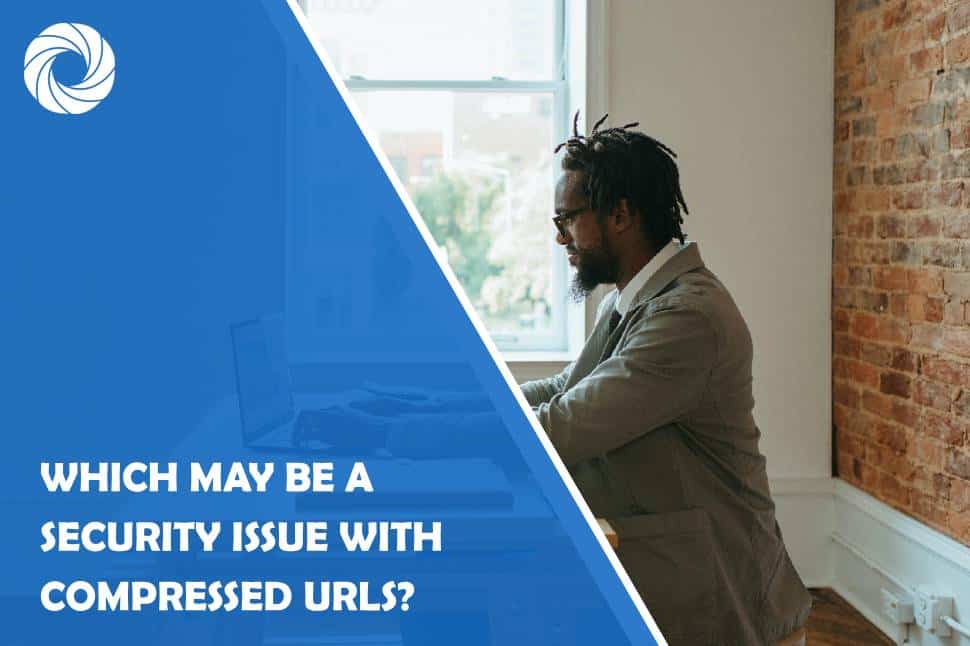In the age of digital communication and rapid information sharing, shortened or compressed URLs have become a ubiquitous part of the online landscape. Services like Bitly, TinyURL, and others offer users the ability to condense lengthy URLs into shorter, more manageable links that are easier to share via email, social media, and other online platforms. While compressed URLs offer convenience and efficiency, they also pose potential security risks that users should be aware of. In this article, we'll explore some of the security issues associated with compressed URLs and offer tips for mitigating these risks.
Understanding Compressed URLs
Before delving into the potential security issues, it's essential to understand how compressed URLs work. Compressed URLs are created by redirecting users from a short, alphanumeric string (e.g., bit.ly/abc123) to the original, longer URL. This redirection process is facilitated by URL shortening services, which maintain a database of shortened URLs and their corresponding destination addresses. When a user clicks on a compressed URL, they are automatically redirected to the original URL, allowing them to access the desired content.
Security Issues with Compressed URLs
While compressed URLs offer convenience and simplicity, they also present several security concerns:
1. Phishing Attacks: One of the most significant security risks associated with compressed URLs is their potential use in phishing attacks. Malicious actors can disguise harmful or fraudulent links by compressing them into seemingly innocuous shortened URLs. Unsuspecting users may click on these links believing them to be legitimate, only to be directed to phishing websites designed to steal personal information, credentials, or financial data.
2. Malware Distribution: Compressed URLs can also be used to distribute malware or malicious software. By disguising malicious links as harmless shortened URLs, attackers can trick users into downloading or executing malware on their devices. This can result in a range of security issues, including data breaches, system compromises, and financial losses.
3. Link Spoofing: Another security concern with compressed URLs is link spoofing, where attackers manipulate the destination of a shortened URL to redirect users to unintended or harmful websites. By exploiting vulnerabilities in the URL shortening service or using techniques like URL parameter manipulation, attackers can modify the destination of compressed URLs to lead users to malicious or unauthorized sites.
4. Data Leakage: Compressed URLs may also inadvertently leak sensitive information about user's browsing habits, preferences, or behaviors. Some URL shortening services track and collect data on users' interactions with shortened URLs, including click-through rates, geographic locations, and referral sources. While this data is typically used for analytics and marketing purposes, it raises privacy concerns and may be exploited by third parties for nefarious purposes.
Mitigating Security Risks
To mitigate the security risks associated with compressed URLs, users can take the following precautions:
1. Verify the Source: Before clicking on a compressed URL, verify the source and legitimacy of the link. Be cautious of URLs shared via unsolicited emails, social media posts, or messages from unknown or suspicious sources. When in doubt, refrain from clicking on the link and instead reach out to the sender to confirm its validity.
2. Expand the URL: Many URL shortening services offer tools or browser extensions that allow users to expand compressed URLs to reveal the original destination address. By expanding the URL before clicking on it, users can preview the destination and assess its trustworthiness.
3. Use Link Scanners: Consider using online link scanners or security tools that analyze URLs for potential threats before clicking on them. These tools can detect and alert users to malicious or suspicious links, helping to prevent phishing attacks, malware infections, and other security incidents.
4. Educate Users: Educate users about the potential security risks associated with compressed URLs and provide guidance on safe browsing practices. Encourage users to exercise caution when clicking on links, avoid sharing personal or sensitive information online, and report any suspicious activity or URLs to IT or security teams.
In conclusion, while compressed URLs offer convenience and efficiency in sharing links online, they also pose potential security risks that users should be aware of. From phishing attacks and malware distribution to link spoofing and data leakage, compressed URLs can be exploited by malicious actors to compromise user security and privacy. By understanding the security issues associated with compressed URLs and taking appropriate precautions, users can mitigate risks and protect themselves from online threats. By verifying the source of URLs, expanding compressed links, using link scanners, and educating users about safe browsing practices, individuals and organizations can minimize the likelihood of falling victim to malicious activities facilitated by compressed URLs.
